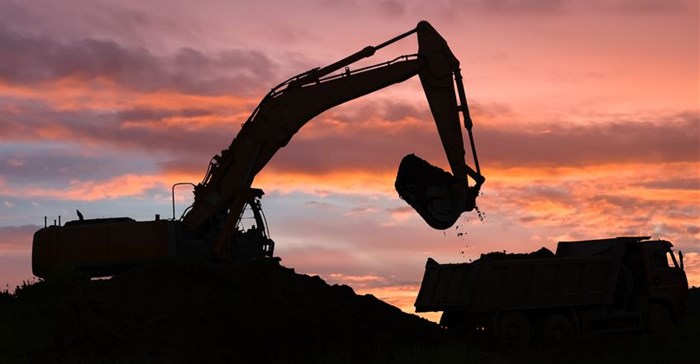LUBUMBASHI: "In this stream, the fish vanished long ago, killed by acids and waste from the mines," says Lubumbashi resident Heritier Maloba, staring into the murky waters of his childhood fishing hole.
Pollution caused by copper and cobalt mining has not only poisoned the Katapula, a tributary of the mighty Congo River and one of the main waterways in this second city of the Democratic Republic of Congo, but has also induced widespread illness.
"High concentrations of toxic metals ... cause respiratory disorders and birth defects," particularly in people living near the mines, said toxicologist Celestin Banza of the University of Lubumbashi.
The damage has spread through acids in untreated waste released into nature, polluting the air, the water, and much of Lubumbashi, a city of more than two million residents in the country's southeast.
Until recently, Lubumbashi was the capital of Katanga province whose fabulous copper wealth was first tapped by Belgian colonists early in the 20th century.
Last year, Katanga was divided into four new provinces. Mining is prevalent in the two southern ones.
Hindered by neglect during the regime of dictator Mobutu Sese Seko (1965-1997) and in the second Congolese war (1998-2003), the mining industry rose from the ashes of devastating conflict.
Between 2010 and 2014, mineral production led strong economic growth and lifted the country up to the rank of the world's fifth copper producer and top producer of cobalt.
With demand for cobalt driven by its use in mobile phones and electric car batteries, the trade has come at a dire environmental and health cost for DR Congo.
"Mining pollution in Katanga is an undeniable reality," admits member of parliament Davon N'Sa Mputu Elima, who served as environment minister in 2012-14.
He says that mining firms put up considerable resistance to a 2009 amendment in the country's environmental code, which imposed stringent new health and safety requirements.
Such protective measures are often not enforced because of what the MP calls "a lack of expertise" among administrative officials responsible for seeing that mining firms comply.
The public health risks listed by Banza, the toxicologist, also include metabolic disorders, certain tumours, burning sensations in the eyes and the throat, and even "short-term sterility".
"You get the feeling you're suffocating as you breathe," says Viviane Kibwe, a mother of four in a city where mining installations can be located hard by people's homes, schools and fields.
Plumes of smoke and clouds of dust rise into the air carrying dangerous particles, while used water containing cleaning chemicals and mineral alloys runs off untreated into streams.
A 2012 toxicology study by the Carter Center found that many ailments in the area are indeed the result of prolonged exposure to harmful chemicals.
The foundation set up by US former president Jimmy Carter in 1982 also criticised "several flaws" and "ambiguity" with regard to the treatment of waste in DR Congo's mining code of 2002.
Eric Monga, chairman of the Katanga branch of the Business Federation of the Congo, counters that sustainable and safe mining practices have become "an ethical rule" observed by companies.
"An approved study on the environmental impact is a requirement before any operations," he says.
Yet Belgian and Congolese experts carrying out health studies since 2008 find that concentrations of cobalt, copper, lead and even uranium in urine samples "largely exceeded the reference values accepted by the World Health Organization," Banza says.
This is particularly true among children, according to the professor.
At the Shinkolobwe mine some 150km (95-miles) northwest of Lubumbashi - the source of the uranium used in the Hiroshima atomic bomb - thousands of people worked for many years without the slightest protection.
Banza said that he plans to publish a new public health report demonstrating that people in the south of the former Katanga are far worse affected by breathing difficulties than people in the north, mainly farmland.
"My colleagues and I have recorded a comeback of cardiac and respiratory diseases, (particularly) among children and women," says Jean-Marie Kazadi, senior medical expert for the new Haut-Katanga and Lualaba provinces.
Yet many thousands of people work arduous shifts in the mines, desperate to make a living in conditions worsened by a global tumble in copper prices.
The high price of mining is also evident at Kipushi, about 30km (18-miles) south of Lubumbashi, where savannah abruptly gives way to a broad strip of scorched, barren land where the state mining firm Gecamines used to dump acidic waste.
"For more than 30 years, nothing has grown in this place," says Mwalimu Kasongo, a retired teacher of 76.
Former minister N'Sa Mputu says several bird species that once thrived in the area have now "disappeared".
For Lubumbashi resident Maloba, now an unemployed man in his 30s, the childhood fishing expeditions remain a distant memory, with little hope of ever catching anything more in his beloved river.
Source: AFP


































